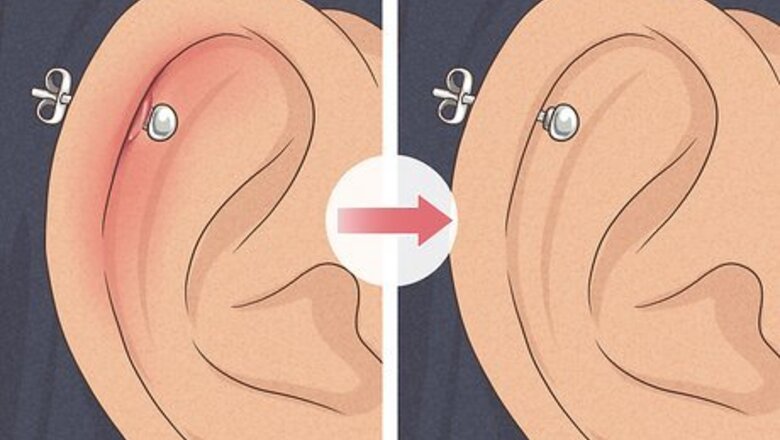
views
How long does it take for a piercing bump to go away?
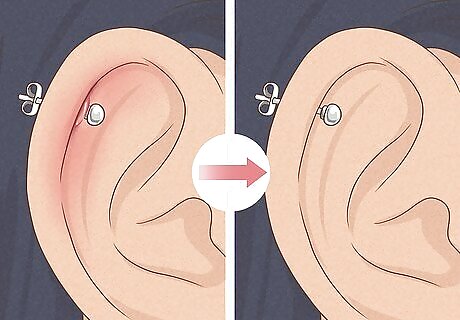
Most piercing bumps disappear by themselves within a few months. You don’t have to see a doctor or seek any kind of medical treatment if your cartilage piercing develops a bump. Just continue to clean and take care of your piercing as instructed by your piercer and the bump will eventually subside on its own! Most people will see all signs of their piercing bumps go away. For some, it could take a few months and for other it could take up to 2 years. But it’ll likely go away eventually. A keloid is scar tissue that can form after a piercing. But unlike granulomas, keloids don’t go away on their own; you usually have to get them medically treated or surgically removed.
Can I pop a piercing bump?
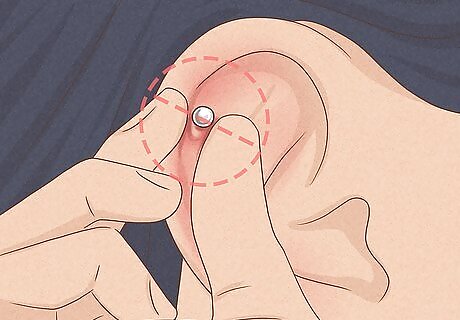
While it might be tempting to try this, it's not a good idea. It could bleed a lot and cause an infection. Granulomas can have a high number of blood vessels around them, so if you try to pop or pick at them, they could bleed easily and for a long time. Additionally, you could introduce bacteria that could cause an infection. Plus, you might end up creating a scar. Your best bet is to either let your piercing bumps heal on their own or see your doctor. Professional body piercers emphasize that the fastest way for your piercing to heal and for a piercing bump to go away is to leave it be as much as possible, other than when you clean it.
How do you treat the bumps (granuloma) at home?
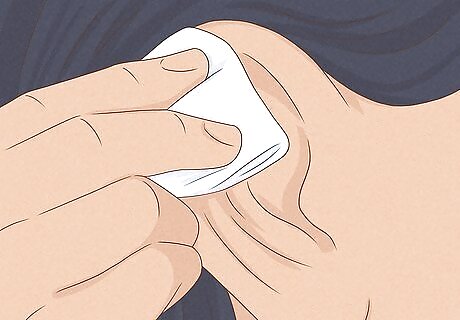
Hold a pad soaked in warm water against it once a day. Granulomas can form when fluid gets trapped beneath your skin. Take a clean cotton pad, gauze, or cloth and soak it some warm water. Press it against the bump and hold it in place for a few minutes to help soothe and release the trapped fluid.
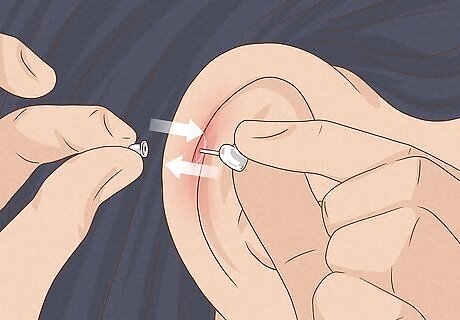
Try changing your jewelry. Some jewelry uses metal alloys that contain nickel, which can cause an allergic reaction called contact dermatitis, which can look just like piercing bumps. Swap out your jewelry for some made from a different material to see if that helps. You may not even realize that some jewelry has nickel in it! If you do have an allergy to metal, you may also have itchiness and a rash around the piercing.
How can you prevent cartilage piercing bumps?
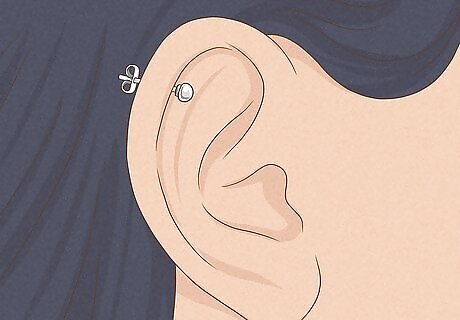
Choose jewelry that fits properly. Loose and ill-fitting jewelry can move around inside your piercing, which can disturb the cartilage and cause piercing bumps. Go with jewelry that fits snugly into place and doesn’t wiggle around to help prevent damage to the surrounding cartilage. If you’re unsure of how to choose proper jewelry, ask a professional piercer. They should be happy to help you choose the perfect jewelry for your new cartilage piercing. Additionally, try to avoid wearing earrings with butterfly backs, which are more likely to cause bumps.
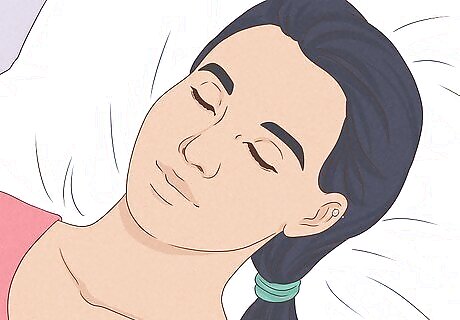
Avoid bumping or snagging your piercing. Bumps and snags can cause your jewelry to move around, which can lead to granulomas. Try to stay aware of your piercing and do your best to protect it at all times. As tempting as it may be, don't fiddle with it or touch it to reduce your chances of developing a bump. Tie long hair back as much as possible (particularly when sleeping) to prevent it from snagging in your piercing jewelry.
When should I see a doctor for piercing bumps?
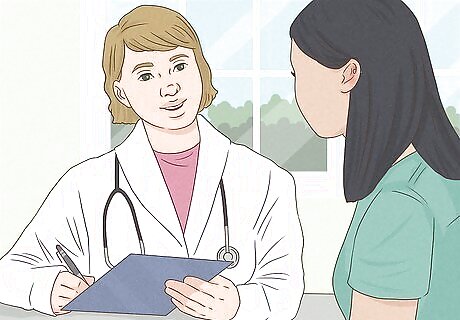
See your doctor if the granuloma shows signs of an infection. If your piercing bump is accompanied by extreme pain or if there is blood or pus coming out of the hole, it may be infected. Infections can lead to other more serious complications, so see your doctor right away to address it. Your doctor may prescribe oral antibiotics or an antibiotic cream to help treat an infection.

Get medical attention for severe cases to prevent complications. If you have a lot of bumps that cover a wide area of your cartilage, see your doctor. They’ll examine you to make sure there isn’t an underlying condition affecting you and may prescribe drugs such as antibiotics, antimalarials, or other drugs used to prevent serious immune system reactions. Studies have shown that medications used to treat malaria can be an effective treatment for some people for granulomas.



















Comments
0 comment